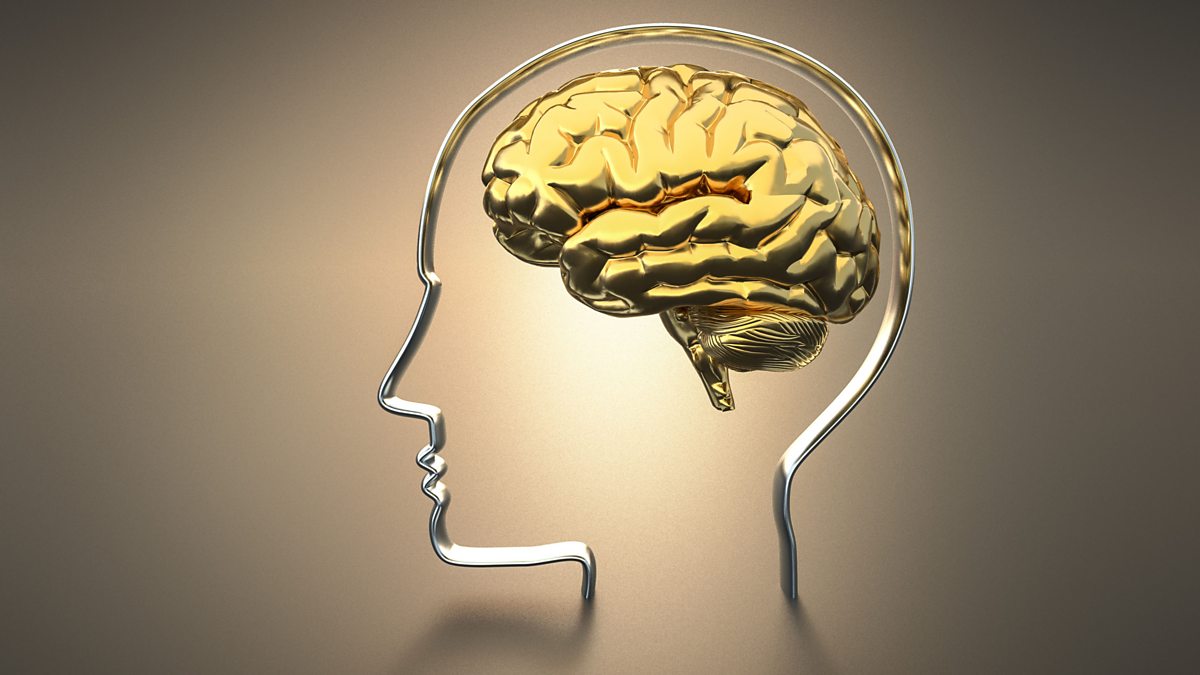1. Accessibility to Information
Gadgets grant us instant access to a vast pool of information. The ability to retrieve data swiftly promotes mental agility and enhances our problem-solving skills. Whether it’s searching for a quick solution or delving into a topic of interest, gadgets empower our brains with immediate access to a wealth of knowledge.
2. Cognitive Training Apps
The rise of cognitive training applications has revolutionized the way we exercise our brains. From memory games to puzzles, these apps offer engaging challenges that stimulate various cognitive functions. Regular use can lead to improved memory, enhanced focus, and heightened problem-solving abilities.
3. Connectivity and Social Engagement
Gadgets, especially smartphones and social media platforms, facilitate connectivity and social engagement. Engaging with others online exercises our social intelligence, empathy, and communication skills. These virtual interactions contribute to the development and maintenance of a healthy social brain.
4. Enhanced Productivity
Smart gadgets are designed to streamline tasks and boost efficiency. The ability to organize schedules, set reminders, and manage daily activities allows our brains to focus on more complex and creative endeavors. This improved productivity frees up mental space for critical thinking and innovation.
5. Multitasking and Cognitive Flexibility
While multitasking has its pros and cons, gadgets have forced our brains to adapt and become more cognitively flexible. Switching between different apps, tasks, or modes of communication challenges our brains to efficiently manage diverse information streams, fostering adaptability and quick decision-making.
6. Learning through Multimedia
Gadgets have transformed the way we consume information. The integration of multimedia elements in educational apps and platforms caters to diverse learning styles. Visuals, audio, and interactive content not only make learning more enjoyable but also enhance comprehension and retention.
7. Brain-Computer Interfaces
Emerging technologies, such as brain-computer interfaces, are pushing the boundaries of what gadgets can achieve. These interfaces enable direct communication between the brain and external devices, opening up possibilities for neurofeedback training and enhancing brain-computer synergy.
8. Continuous Mental Stimulation
Constant interaction with gadgets provides ongoing mental stimulation. From reading articles to solving puzzles, our brains are engaged in activities that prevent cognitive decline. This continuous mental exercise is crucial for maintaining cognitive health, especially as we age.
In conclusion, the strategic and mindful use of gadgets can significantly contribute to the improvement of our brain function. These technological tools offer more than just convenience; they serve as catalysts for mental stimulation, cognitive growth, and adaptability. Embracing the positive aspects of gadget use can lead to a future where our brains are not only well-connected but also optimally functioning in the digital age.


